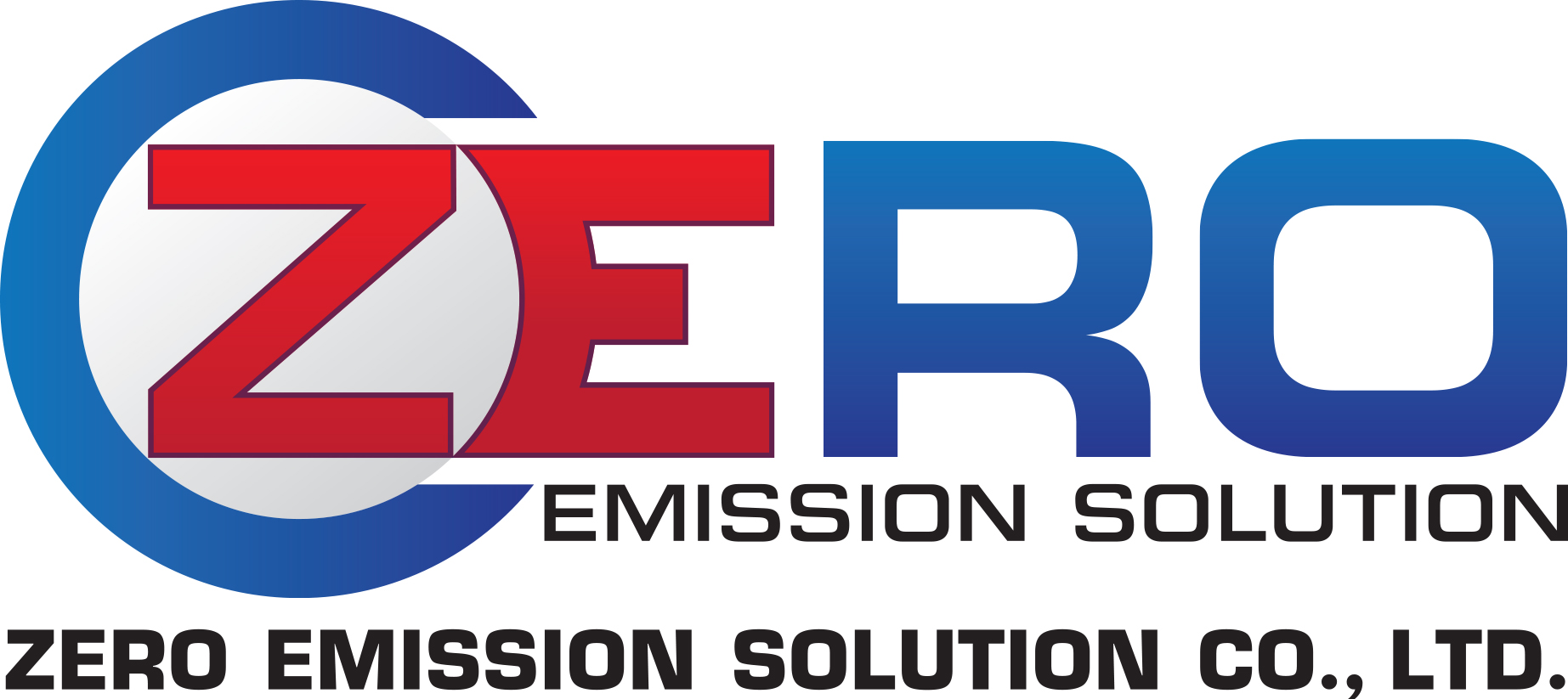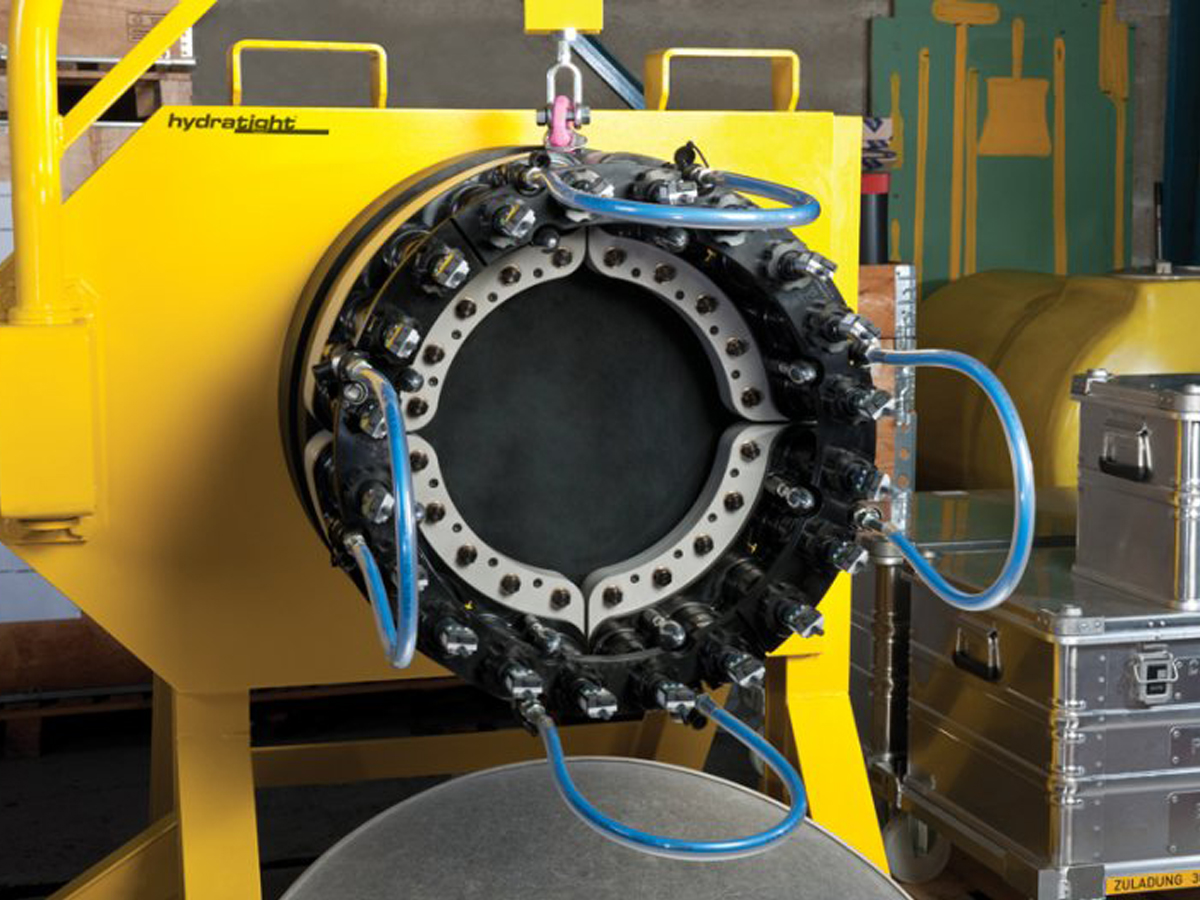Plain End Hydrostatic Testing
Plain End Hydrostatic Testing
Hydrostatic testing requires that a component be completely filled with a test medium such as water. Pressure is slowly applied to the test medium until the required test pressure is reached. This pressure is held for the required time at which point the component is inspected visually to locate leaks. Conventional methods of testing involves welding a cap on the pipe end and later cutting off the cap and re-beveling the pipe end, while newer & advanced methods use external or internal gripping plugs.
Hydratight’s fully trained and competency assessed service teams uses sealing equipment which locks on the pipe externally or internally. The seals are then actuated hydraulically or mechanically. Using the internal or external plugs eliminates the need to weld caps or flanges to carry out a leak test. Our customers save time and reduce costs associated with welding & cutting. Multi schedule test tools reduce the number of tools required for various applications.
Hydratight’s hydrostatic testing solutions are primarily used to test open ended pipes, pipe spools or piping systems as large as 3658 mm (144") OD. Test pressures vary with application and pipe sizes, our broad range of tools can even accommodate up to 14,000 psi for certain applications. Our application engineers have experience with various challenging applications & specialised/custom tool designs and will ensure that the right tool is used to optimise cost and time. Also, Hydratight trained and qualified field service engineers will deliver this service safely and accurately on site.
Powered by Froala Editor


